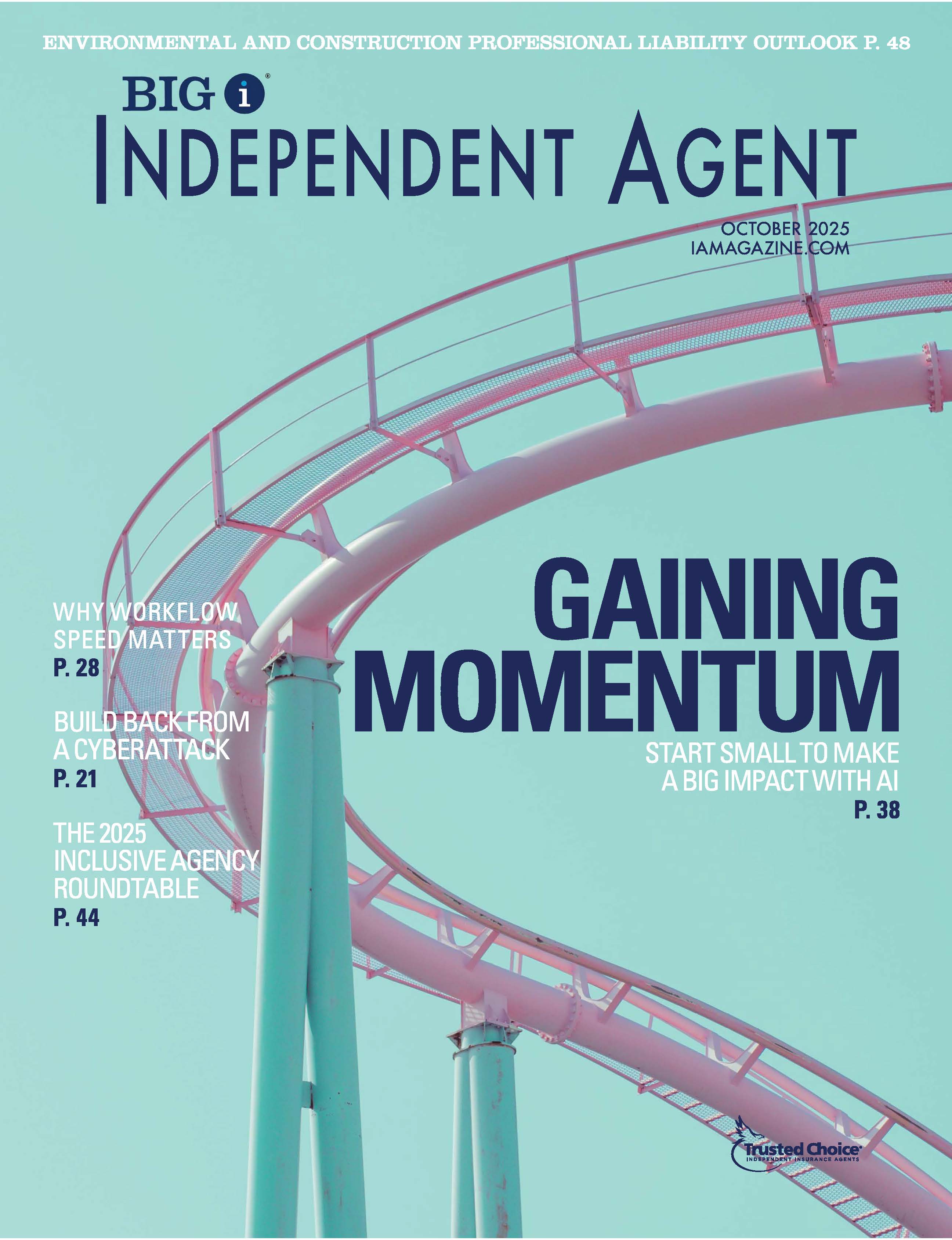Level Up Your Workplace With D&I While Growing Your Business

By: Whitnee Dillard
Diversity and inclusion (D&I) remains a trending topic across a wide array of business circles. Some may wonder how much longer it will be a squeaky wheel. However, even with a lot of changes in the past two years, we’ve still only scratched the surface.
In an interview with Harvard Business Review, Terri Cooper, principal and chief inclusion officer of Deloitte Consulting, pointed out that “there are four megatrends that are currently reshaping our world and influencing business priorities.” They are diversity of markets, diversity of customers, diversity of ideas and diversity of talent.
Many business leaders are moving with the D&I current so they don’t get left behind. But a better way to look at the business case for D&I is to see it as the greatest catalyst in fostering diversity of thought that will ultimately yield better business results. This includes increased collaboration, innovation, retention, productivity and, most importantly, profitability.
So, how can D&I impact all of this? Simply put, the more our workplaces are reflective of the marketplaces we serve, the better we will perform. However, it is important that agencies don’t just appear diverse on the surface. This is where inclusion comes into play.
Here are three principles to start or continue building a culture of D&I at your agency:
1) Sawa bona. While workplace diversity involves bringing different types of people into your team—be that race, gender, ethnicity, socioeconomic status, religion, sexual orientation or being differently abled—inclusion is where the magic happens. Inclusion is making sure that everyone, old and new, is treated as a valued contributor to the team.
In 2020, during the inaugural Big “I” diversity conference, Level Up, attendees were introduced to the South African term “sawa bona,” meaning, “I see you; you matter.” This is the first pivotal key in building a culture of inclusion within your agency—everyone must feel seen and valued.
2) Combat biases. Another key to workplace inclusion is to be mindful of your blind spots or biases. Not all biases are bad—it’s perfectly normal to gravitate to those things that are familiar to you. However, biases can quickly take a turn in the wrong direction, particularly in the workplace. Even unconscious biases have the potential to create unfair workplace advantages or disadvantages to members of your team.
An easy way to combat workplace biases is to create a formal process to evaluate who should be hired, receive a promotion or considered for a key assignment.
3) Network out. You always have an opportunity to exhibit that your agency is welcoming to everyone by networking. Instead of filling your agency’s online presence with stock photos of underrepresented groups, networking out involves intentionally pushing yourself—and your team—out of your comfort zone to make genuine connections. Not only does this foster an even greater culture of inclusion across your agency, it also exponentially expands your agency’s reach.
D&I is not a one-and-done task. It is an ongoing process that must be aligned with your business operations and culture. This type of commitment can be reached once you have taken the time to determine why D&I is important to your agency.
Consider your agency’s mission statement—what are you ultimately seeking to accomplish? Now, take time to brainstorm various ways diversity and inclusion can contribute to that.
Whitnee Dillard is Big “I” director, diversity & inclusion.










